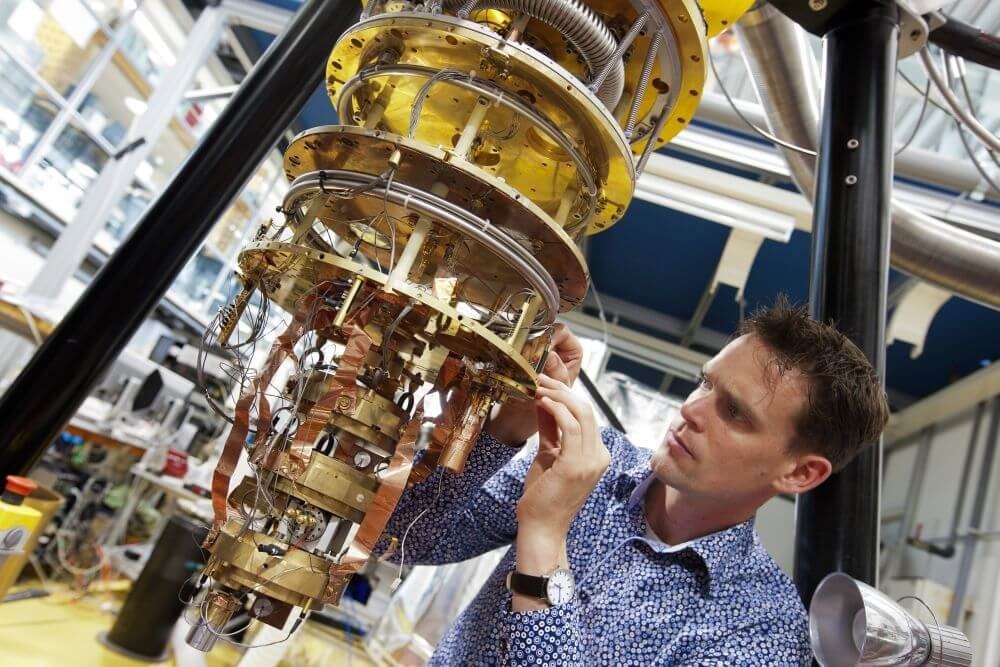ICVI - Improved Cold Vibration Isolation for science and industry
Participating countries
Duration and status
Partners
JPE B.V.
Universiteit Leiden
SRON
Nikhef
Associate partners
Piak Electronic Design
Magnetic Innovations
Budget
Funding: € 1.4 million
Program and en domain
Domain: Vibration damping
Problem Statement
The existing suspension and cryogenic cooling and thermal connections to the silicon mirror in KAGRA can isolate vibrations above 10 Hz. Einstein Telescope's thermo-mechanical interface should reduce the amount of injected seismic noise above 2 Hz. Specific challenges include changing material properties at cryogenic temperatures and limited tuning capabilities.
Objective
- A passive and active multi-axis damping system for the thermo-mechanical interface to silicon mirrors
- Inertial sensors based on a suspended particle in a superconducting trap
- Measurement setup to test anticipated vibration problems at low frequency cryogenic temperatures (<0.5Hz, 10 K).
Description of Innovation.
The consortium will work on several cryogenic related damping technologies and sub-technologies that have in common that they contribute to the most delicate vibration isolation (excess vibration) in the last stage of cold transport to the silicon surface, where seismic noise is already extremely isolated. Studying and investigating two damping concepts (passive and active) in parallel on anticipated vibration problems (cooling system and/or thermal mechanical joints) while investigating and developing an extremely sensitive sensor. Testing will be done in a durable testbed at Leiden University. Special topics; superconducting materials, use of SQUIDs (superconducting quantum interference device), reduced noise in the mechanical resonators by cooling to lower temperatures.

